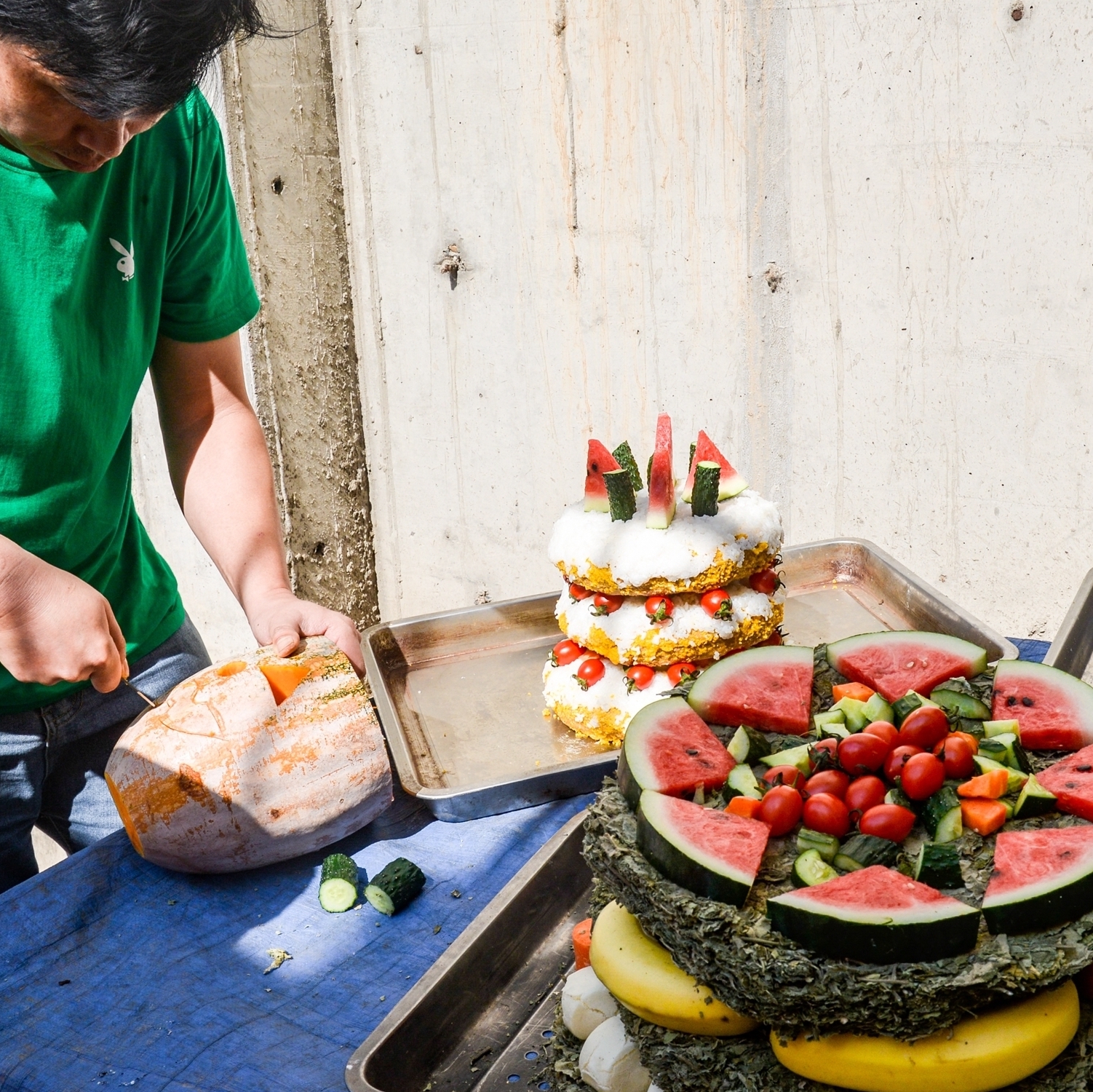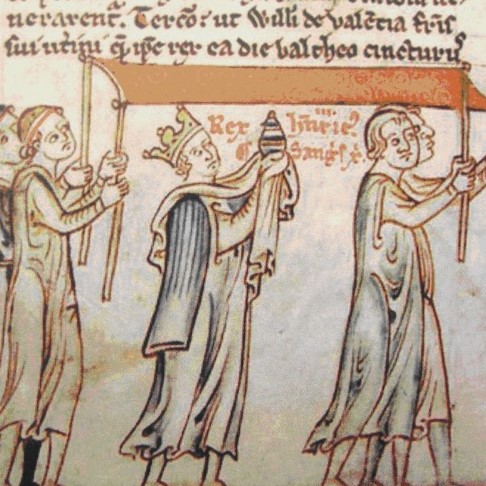It’s been quite a year for anniversaries. For me, one of the most significant falls on 14 September and marks the arrival 750 years ago of the Holy Blood at Hailes Abbey, Gloucestershire. This famous relic, widely accepted in the Middle Ages as being actual drops of the blood shed by Christ as He suffered on the cross, transformed this Cotswolds monastery into one of the most important pilgrimage destinations in medieval England. Its story is one of emperors and popes, miracles and cures, dastardly deeds, and ultimately, deliberate destruction.
Relics of the Holy Blood were (indeed, still are) venerated across Europe. They proliferated in the 12th and 13th centuries, a time of intense, and often highly emotional, devotion to Christ and His sufferings. Hailes’s relic was a relative latecomer, arriving at the West Country Cistercian monastery amid great pomp in 1270. It had an important advantage over drops of the Precious Blood claimed by other great churches – an impeccable, and to the medieval mind, eminently trustworthy provenance.
The relic was presented to Hailes by Edmund, the son of the abbey’s founder, Earl Richard of Cornwall. Richard was also the King of the Romans, therefore placing him next in line to become Holy Roman Emperor (he didn’t quite pull it off, but that’s another story). It was thanks to his dad’s high status and ambitions that Edmund was able to get his hands on the relic, which was said to have been contained in a wonderous brooch or talisman used during imperial coronation ceremonies since the time of Charlemagne (d. 814), the first Holy Roman Emperor. This association with Charlemagne was gold dust and through him the Blood of Hailes had a story, or “legend”, going right back to the time of the Crucifixion, when Joseph of Arimathea was said to have gathered drops of the blood gushing from the wound in Christ’s side.
Modern eyebrows might well be raising, but at the time the Holy Blood of Hailes was considered much more likely to be genuine than the similar relic that King Henry III acquired for Westminster Abbey in 1247. Bought from the Latin Patriarch of Jerusalem, this was completely unknown before the cash-strapped prelate offered it for sale, leading to a lingering suspicion that Henry had been had.
The Holy Blood of Hailes immediately took off as a pilgrim destination. John XXI (1276-77) was the first of a succession of popes to grant spiritual privileges to pilgrims making the journey to the abbey to venerate the Blood. This very holiest of relics was provided with an appropriately magnificent architectural setting. Edmund dug into his very deep pockets to pay for an eastern extension to the abbey’s church. The shrine containing the Holy Blood was positioned on a raised platform – which still survives – behind the high altar, and surrounded by a semi-circular walkway, or ambulatory, for the assembled pilgrims. Around the outer edge were five radiating chapels. The whole scheme was based on contemporary work at Westminster Abbey and took seven years to complete.
The relic was housed in a crystal sphere; it’s depicted on the seal of the monastery’s “confraternity” or lay brotherhood now on display in the abbey’s museum. A 15th-century poem, probably written by one of the monks, describes the outer shrine as “noble and rich/Of gold and sylver and precyous stones/In Ingland ther were bot few hym lyke”. Indeed, the abbey’s bling attracted unwelcome attention on more than one occasion, the monastery’s chronicle describing how in 1364 “satellites of Satan” raided the sacristy. Worse was to follow in January 1402 when the shrine itself was plundered of treasure and offerings.
By this time, the Blood of Hailes was in the premier league of English shrines, one chronicle even ranking it as second only to St Thomas Becket’s at Canterbury Cathedral. Miracles were attributed to the Hailes relic. The dead were raised to life, the deaf had “ther heryng aright,” the lame were cured and blind given their sight. Pious pilgrims touched their rosaries to the shrine in the hope the beads would acquire some of the holiness and healing power of the Holy Blood. Chaplains were specially hired to bless these “contact relics”.
Woe betides anyone who cast aspirations on the relic’s authenticity and potency. A pamphlet published in around 1515 describes how the wine “boiled” in the chalice of a priest who discouraged his parishioners from journeying to Hailes to venerate the relic.
The fame of the Holy Blood was such that it was even mentioned in the greatest of all literary works on pilgrimage, Geoffrey Chaucer’s Canterbury Tales: “By God’s precious heart, and by his nails/And by the blood of Christ that is at Hailes”. In keeping with the author’s reputation for bawdiness, the reference occurs in the section of The Pardoner’s Tale devoted to (ahem) swearing.
Among those journeying to Hailes was Margery Kempe, one of the most famous of all English pilgrims. She venerated the relic in 1417 while returning to Norfolk from her pilgrimage to the shrine of St James at Compostela in northern Spain. On seeing the Holy Blood she was overcome by one of her frequent bouts of “boisterous weeping”. Impressed by such religious fervour, the monks invited Margery into their cloister – normally strictly off limits to visitors, especially women – where she promptly reprimanded some of the brethren for their use of fruity language.
Well into the 16th century, pilgrims continued to flock to Hailes and make cash offerings to the shrine. This was much to the annoyance of religious reformers who had long had the Coteswolds shrine in their sights. Ann Boleyn, second wife of Henry VIII and an enthusiastic evangelical, dispatched her chaplains to Hailes to scrutinise the relic and its “abominable abuses”. Its end came in 1538 when the Blood was removed from its shrine and denounced as a fake. The reformers couldn’t agree, however, if the Holy Blood was duck’s blood, an “unctuous gum” or clarified honey coloured with saffron. It didn’t matter: the relic was discredited and Hailes was dissolved one year later.
The relic and its shrine are now long gone, the monastery reduced to ruins. Nevertheless, I’d urge you to follow in the footsteps of our medieval ancestors and make the peregrination to Hailes – now cared for by English Heritage - in the beautiful Gloucestershire countryside. You might not experience a miracle, but I’ll bet you leave with your mind enriched and your spirits restored.
Michael will be talking about the Holy Blood of Hailes on BBC Radio 4 Sunday on 13 September.



 Loading ...
Loading ...
What do you think?
You can post as a subscriber user ...
User comments (0)